Women on Lead: Introduction to Trad Climbing
I’ve taken a lot of courses that are taught by men. Heck, I don’t really even think twice about it, unless I see a woman's name as the instructor on the course description. And once I see the name, I catch myself being skeptical—is she capable?
I’m not sure where this internalized prejudice comes from, oh wait…yes, I do. In our society men are often deemed ‘more capable,’ and ‘better leaders.’ This bias is especially apparent in the world of adventure sports. There’s also just a lack of women leaders (let’s not even mention women of color). I know they are out there, somewhere, but I just don’t come across them very often in mountaineering. Maybe, they don’t want to deal with gender biases that exist within our community. I have plenty of my own stories: I’ve been undermined, treated like I’ve never seen an ice axe or donned crampons before. I also get ignored and talked over in favor of my male counterparts.
I’m all for constructive criticism, in fact, I want that feedback; it’s how I grow and become better. However, it’s how that criticism is given that rubs me the wrong way—forcing me to stay calm, bite my tongue, and choose my battles. After all, I don’t want to be portrayed as the angry black woman, which is easy to do when I’m ‘the only one.’
Recently, I got to participate in a traditional “trad” climbing course for women who want to learn how to ‘lead trad.’ The course was taught by She Moves Mountains. It was a very last-minute decision to buy my placement ticket for a two-day course at Smith Rock, Oregon. Were male egos and male chauvinism going to be replaced with stereotypes of female competitiveness and passive aggressiveness? I had no idea what to expect.
When the day arrived, I packed up my climbing gear and finished work early to head out to the Smith Rock Bivy area, a favorite place for climbers to pitch a tent and get some great views of the crag.
That next day I met our group and made introductions. We were a small intimate group of only four women, all of whom had incredible, adventurous backgrounds. I also noticed our group was a bit more diverse than my standard all-male courses—it could be pure coincidence or it could be because an all-women’s course provides for a “safer” setting. As we all got to know each other, I was absolutely enthralled by our instructor’s exciting climbing stories from around the world. Talk about having a girl crush. She was someone I instantly admired and I knew I would learn so much from her.
From that point on, I relaxed. This course was going to be different. I couldn’t figure out why it seemed so different, so unique. I mean, I was learning skills taught by an experienced instructor in a group setting—something I had done so many times before. So, what made it seem so different to me? After contemplating, the answer was really in front of me—we were a group of active, kind, and interesting women who shared a passion for outdoor sports.
This kind of group dynamic, which is often rare across any gender, allowed me to relax and be myself. There was no need to have to prove myself repeatedly. I readily asked all the “dumb” questions that sometimes go unasked for fear of being judged. I got to take my time and really understand the fundamentals of trad climbing. We all laughed, discussed our goals and experiences, and took dozens of photos to capture every moment.
The course was constructed in a way that allowed me to take the time to really gain confidence in my skills and not just go through the motions. I was given constant constructive criticism without ever being condescended to—I believe not all instructors have this special ability.
Later that day out at the crag, we spent time going over gear, learning the names, the size and the colors associated with each cam. We learned methods on how to accurately guess the proper cam sizes needed while placing cams in variously sized cracks. Pop quizzes were given on a regular basis along with trust exercises testing our weight on a three-placement anchor setup with teeny tiny cams—something that took us a little while to fully trust, but we got the hang of it…literally.
The next day was just as enjoyable as the first. This time we were moving from mock leading to really leading—no more safety nets or safety rope in our instance. Initially, I was scared out of my mind and had no interest in continuing. Our instructor was responsive and flexible enough to listen to our feedback and come up with a different climb without ever making us feel guilty that we weren’t quite ready to tackle a harder climb while placing gear. At the same time, she also did a fantastic job of encouraging us to overcome our fears. Her approach made me feel incredibly comfortable and yet eager to push my boundaries. She made me feel heard. More importantly, she made me feel understood.
At the end of the day, I genuinely felt confident in my new skills; so much so that I've already started to plan a multi-pitch trad climb in the Bugaboos, in Canada. I can’t recall having gained so much confidence from my former male instructors. Often times I walk away feeling moderately confident, but still wishing for a male companion on my climbs to put me at ease. Not this time.
Unfortunately, there was a snag in our amazing two-day all women trad clinic. It was a small disruptive moment that tested all of our abilities to stay calm and collected. It’s not every day people see an all-women lead group learning how to lead, let alone lead trad at Smith Rock, at least not to my knowledge. We were rudely interrupted by a male onlooker that felt the need to intervene and give his two cents. That kind of intervening that can make any woman feel so small—most women can attest to this, I’m sure. “How do you communicate if you can’t see your belayer? Huh?” he asked. His comment was directed at our instructor but felt like it was addressed to all of us. It came across as undermining, condescending, inappropriate, rhetorical, and maliciously timed. The question didn’t make much sense for a single-pitch trad course in which communication is not an issue. Furthermore, we couldn’t help but wonder if our instructor were a male, would he have been approached the same way? Probably not.
In that moment it dawned on me, and all of us, that all-woman lead outdoor courses are indispensable and entirely necessary. They create a safe environment to learn without fear of ridicule or condescensio. I’ve noticed the way women teach, engage, correct, and communicate is like night and day when compared with our male counterparts.
Of course, there are amazing male instructors out there, but that kind of dynamic is fundamentally missing. Female instructors offer something different to the table—something that can’t be taught but which is merely ingrained amongst most women. Too many times have I felt ignored and wanted to walk away from a course because the more “experienced men” made me feel incredibly inadequate; questioning all of my abilities along with my very presence in these spaces. It’s a frustrating feeling that I had struggled to come to terms with until this women led course came along. The course taught me not only the skills to lead trad, but afforded me the realization that not all rock climbing courses are created equal. In fact, She Moves Mountains showed me that women really do rock!
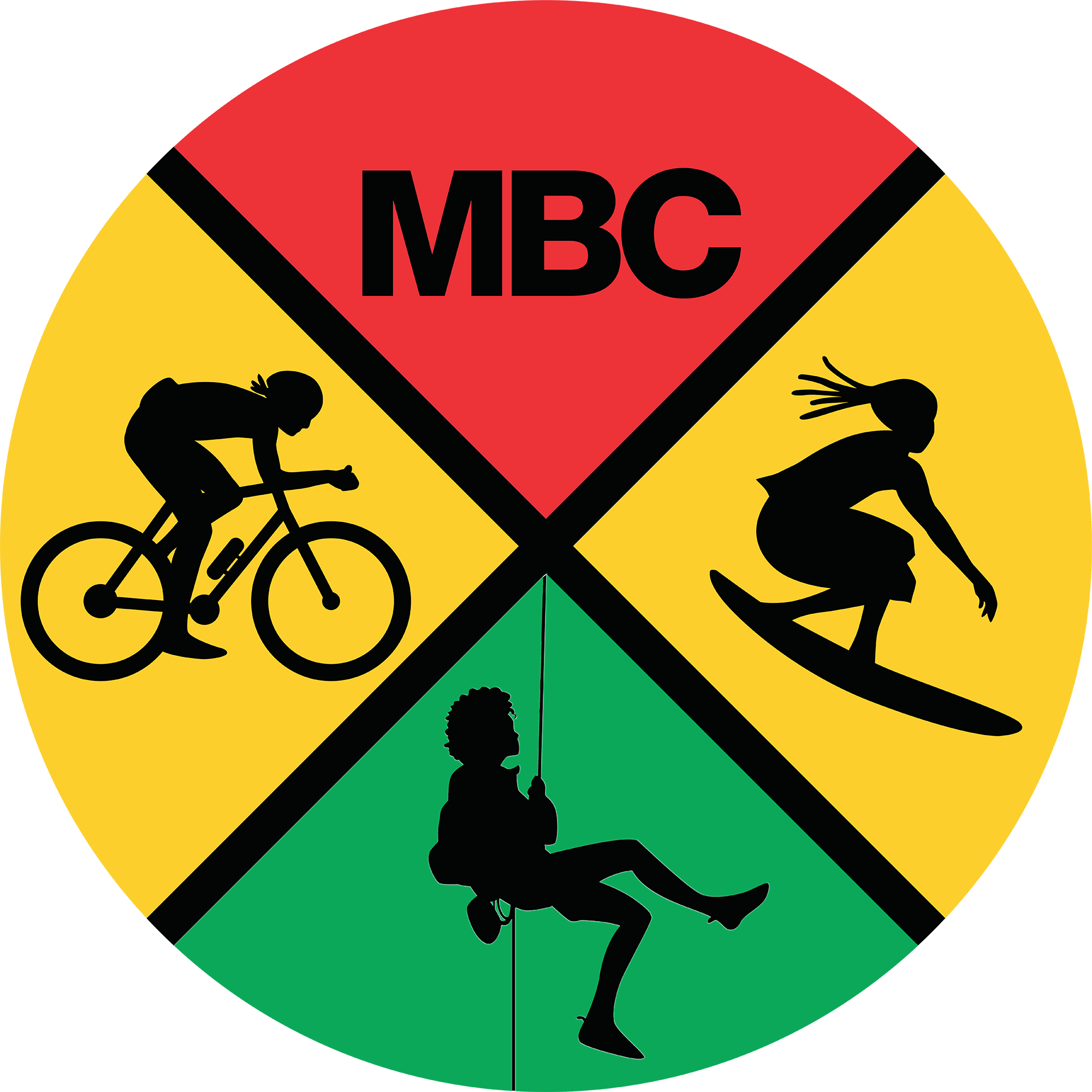


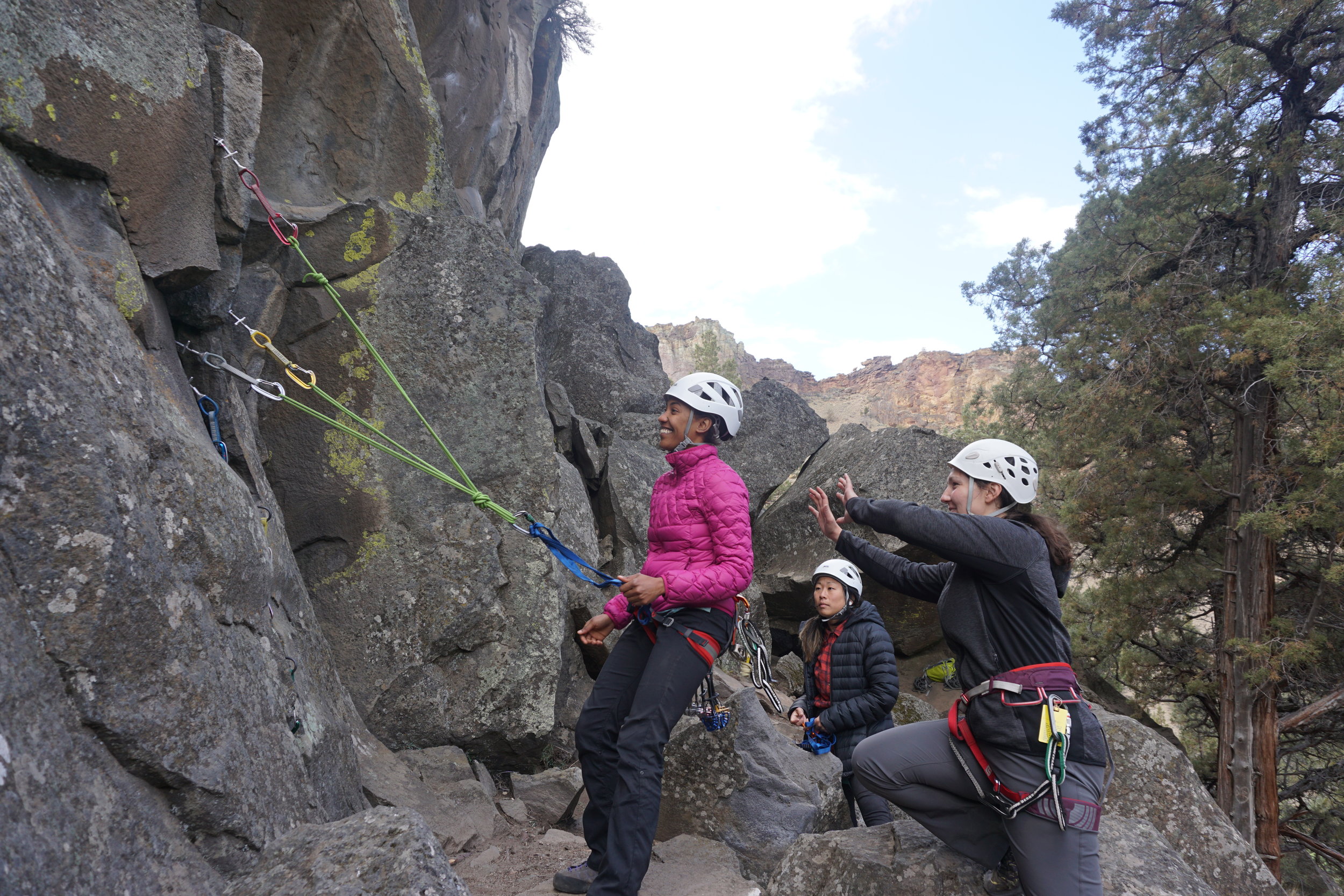

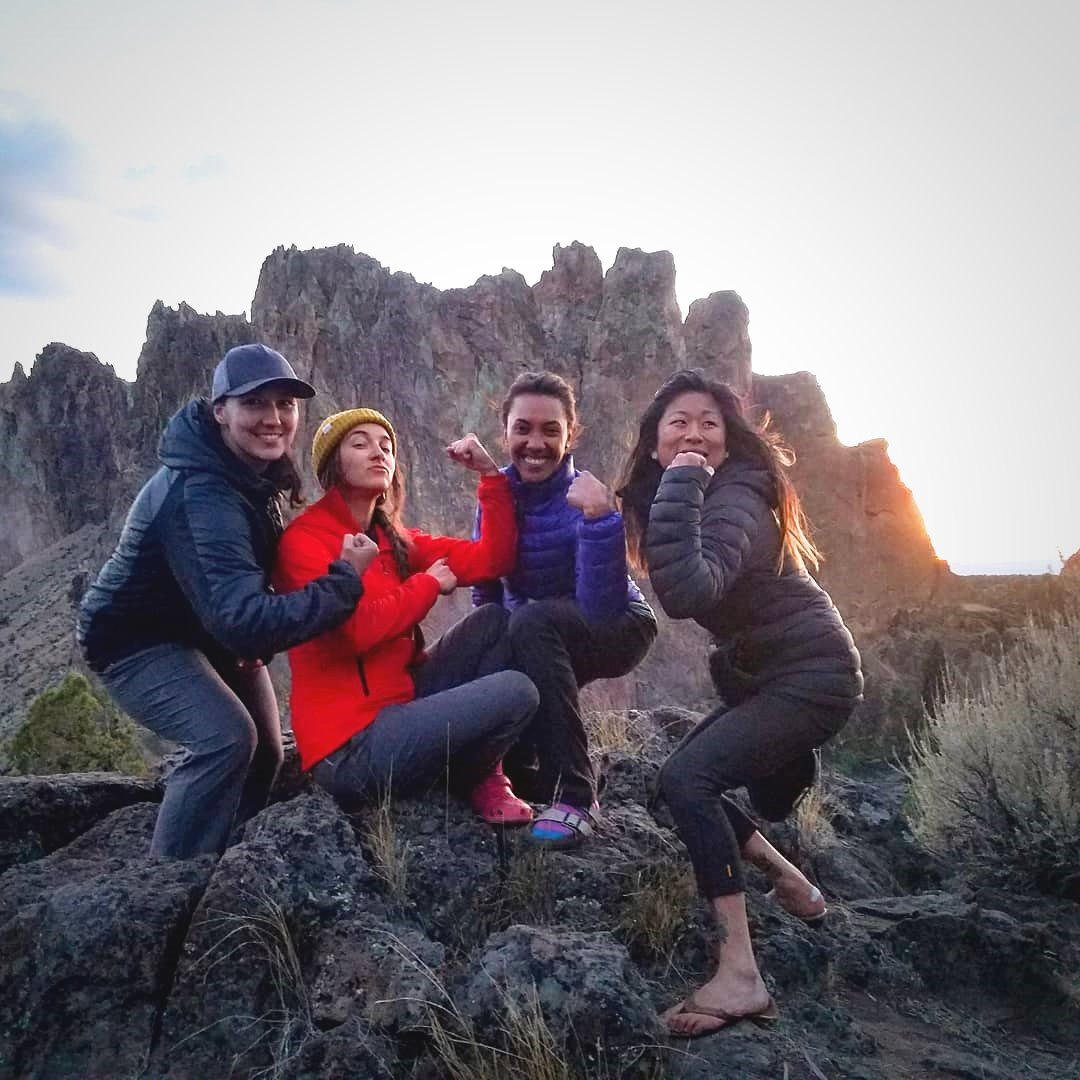

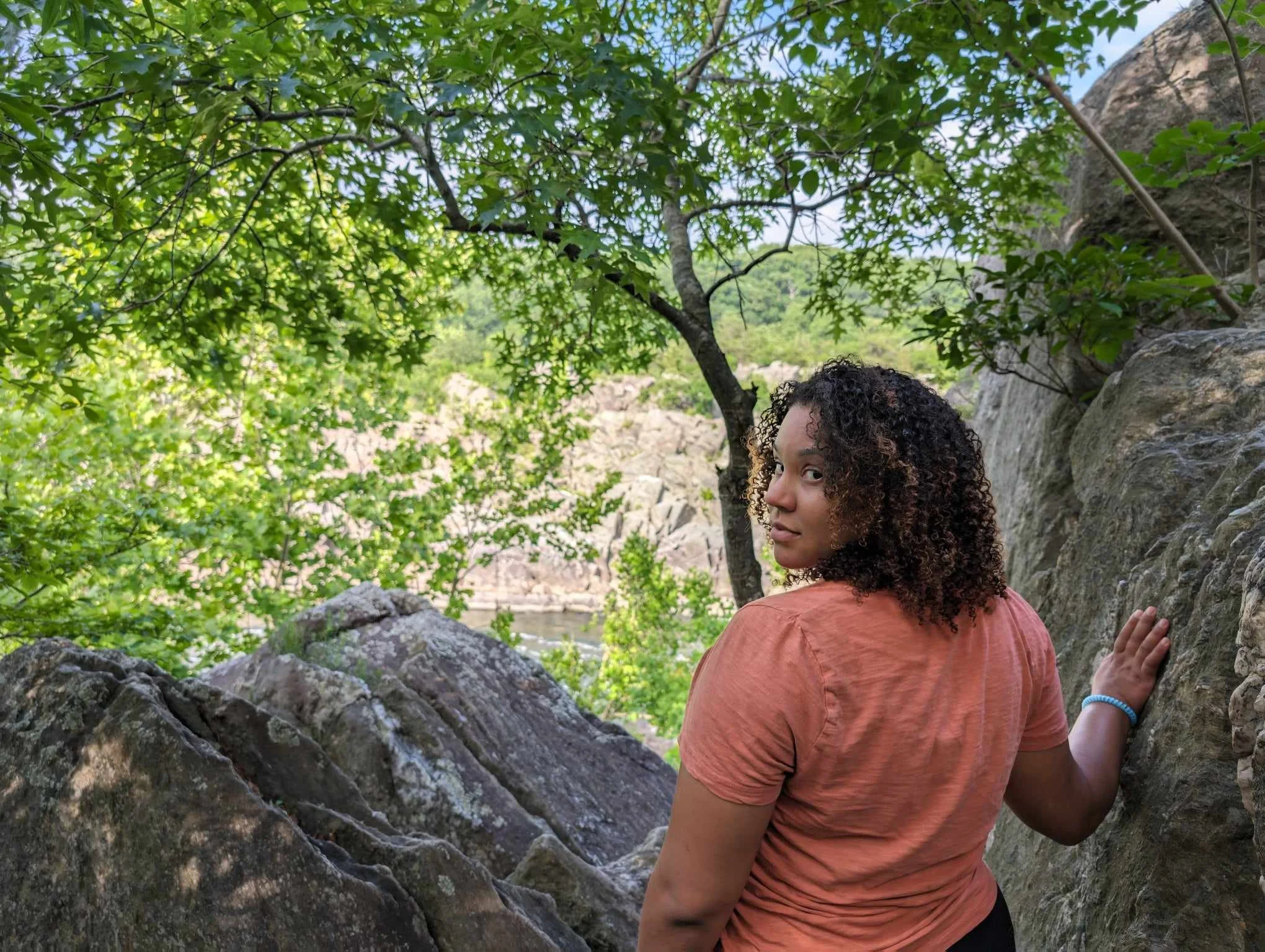

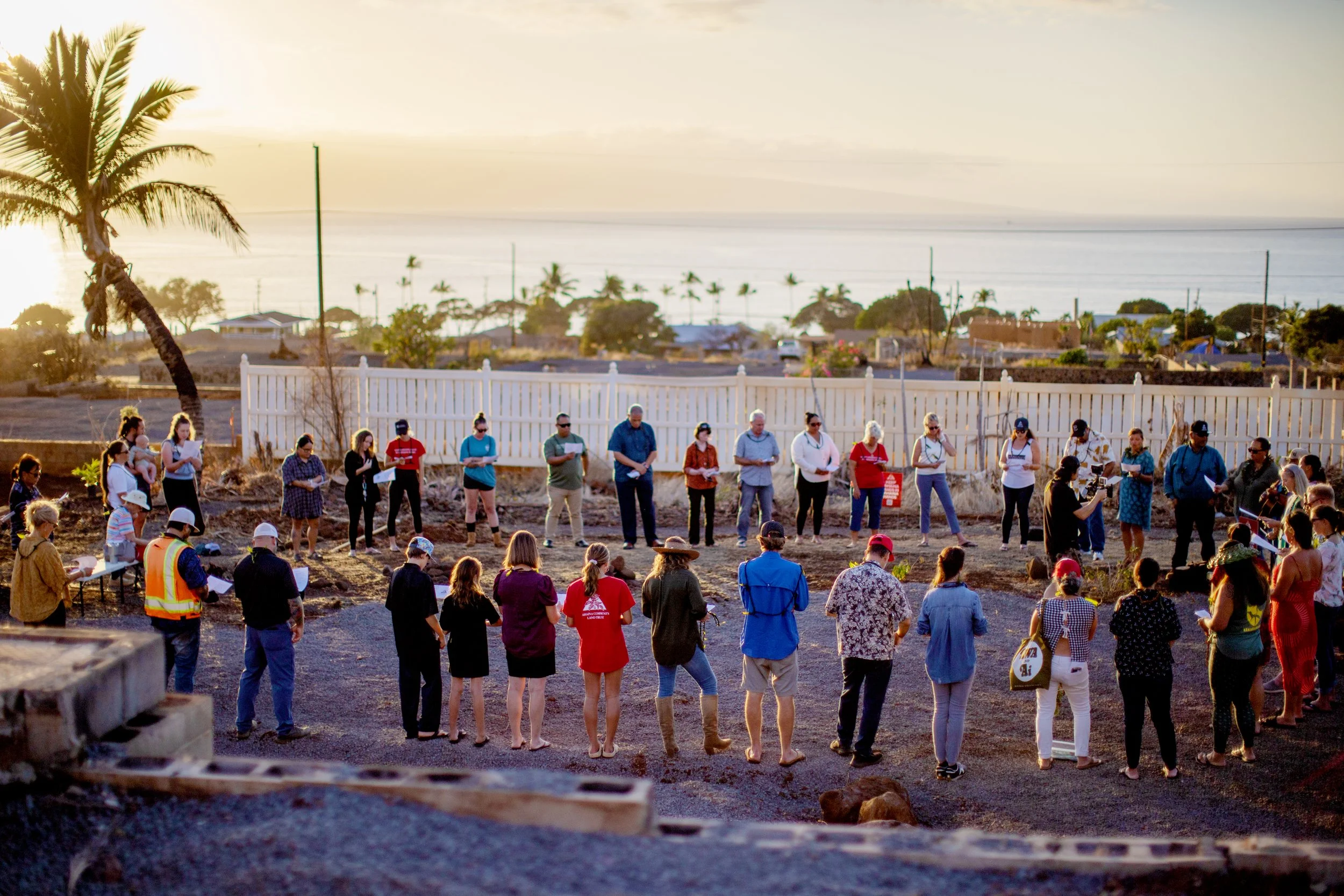


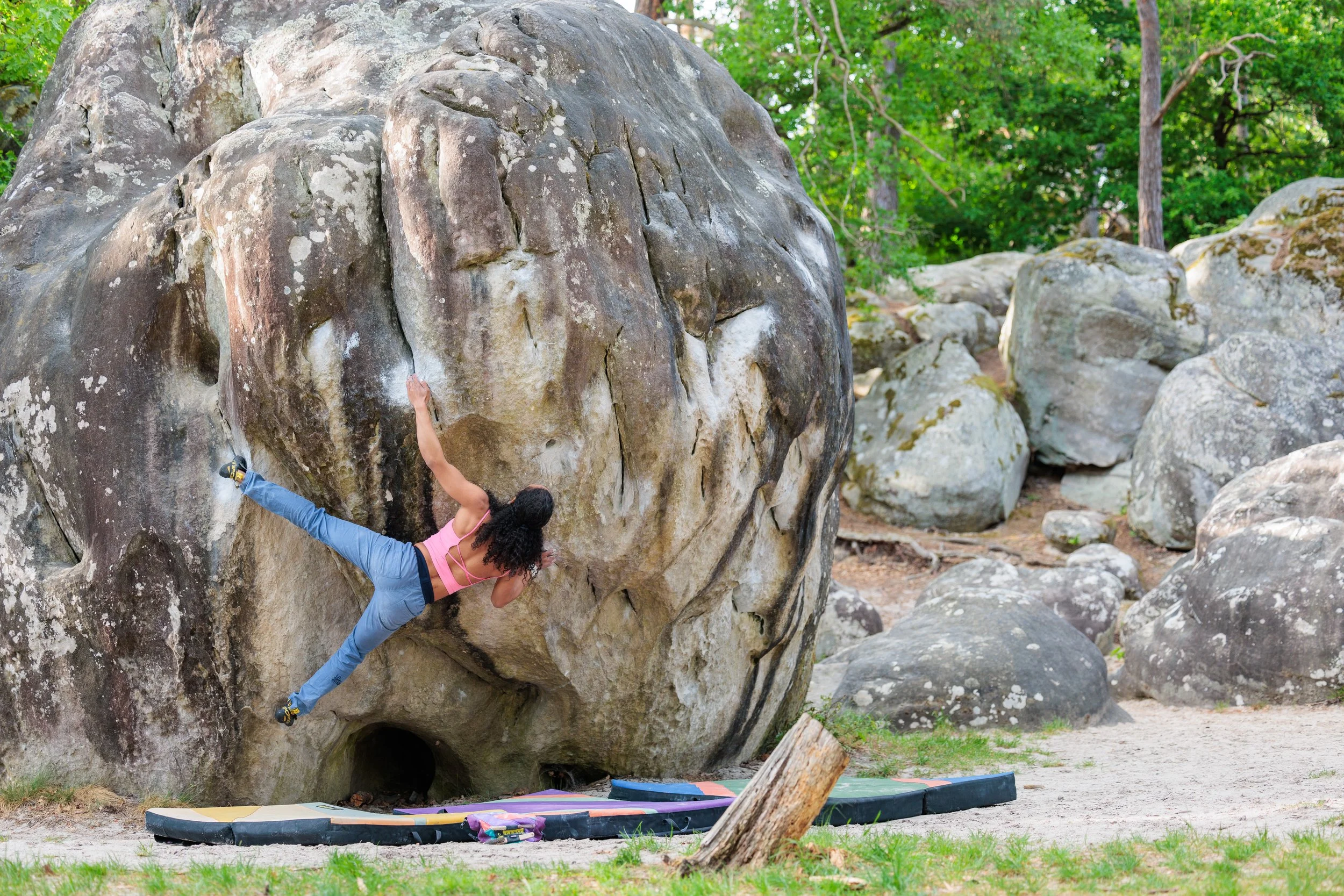






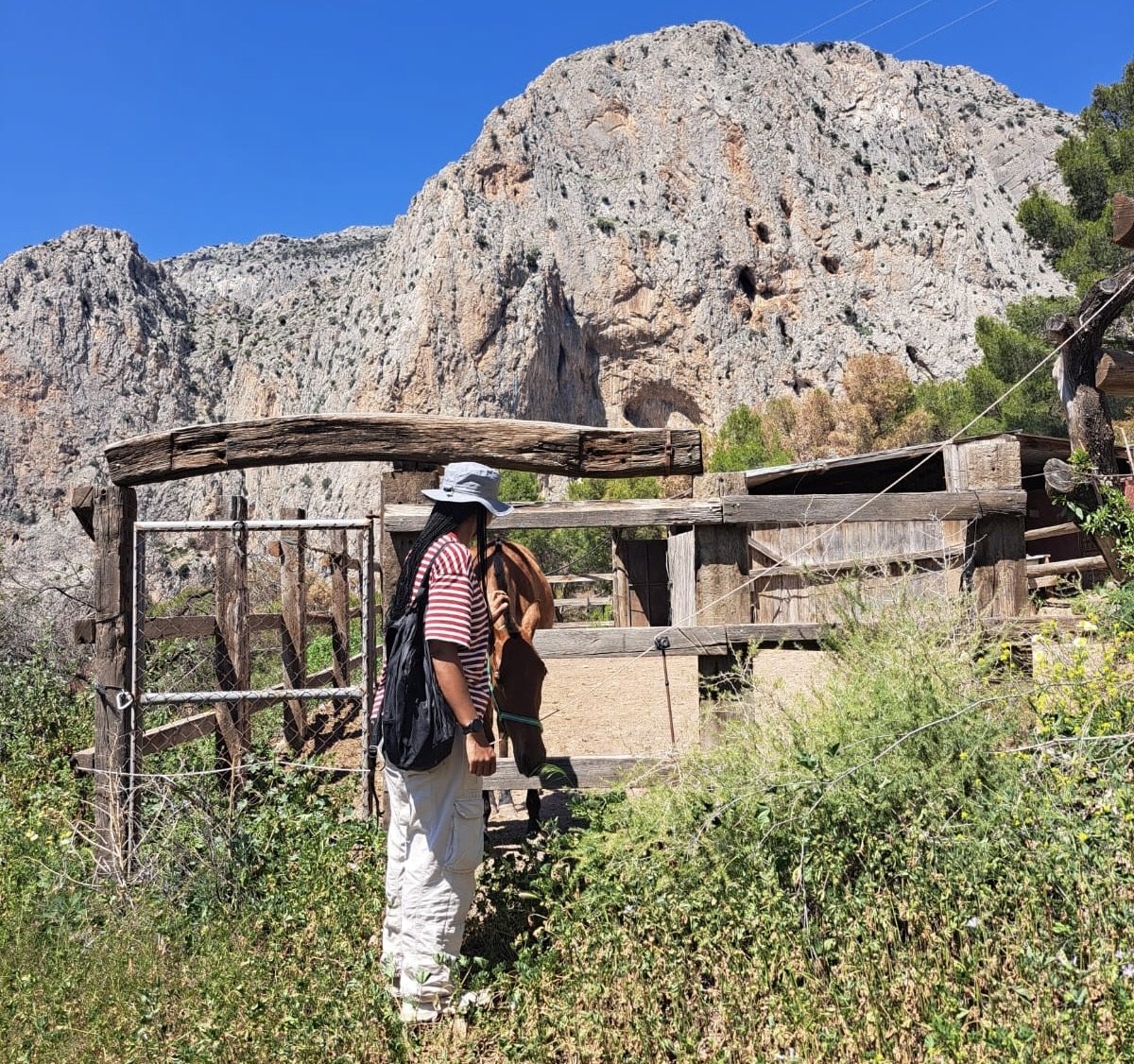

I also know that hunger disproportionately impacts Black Americans who make up nearly 30% of SNAP recipients. So why would I celebrate cuts to a program that is a lifeline for so many people?